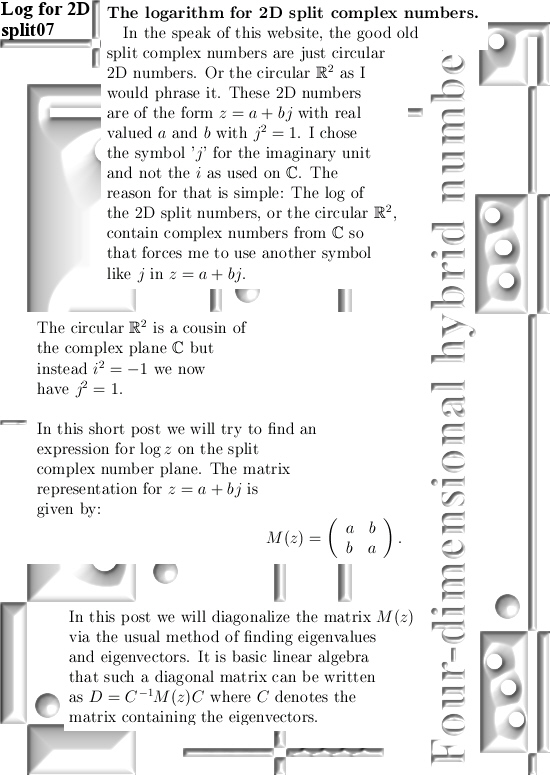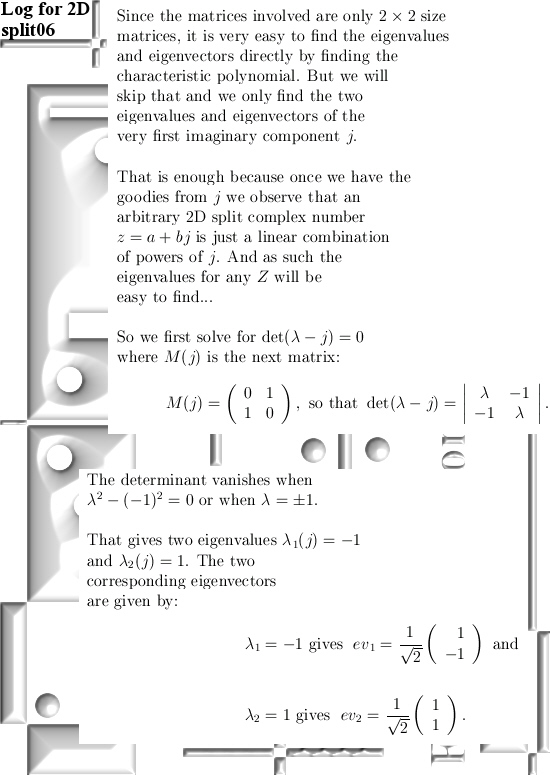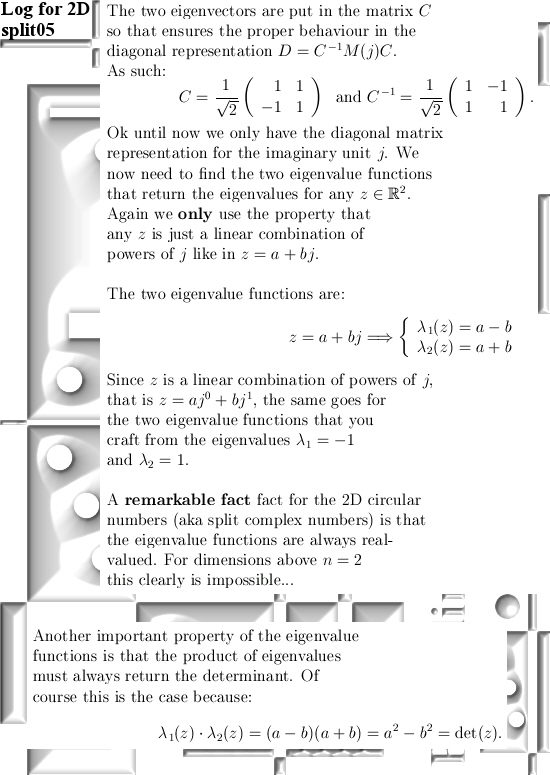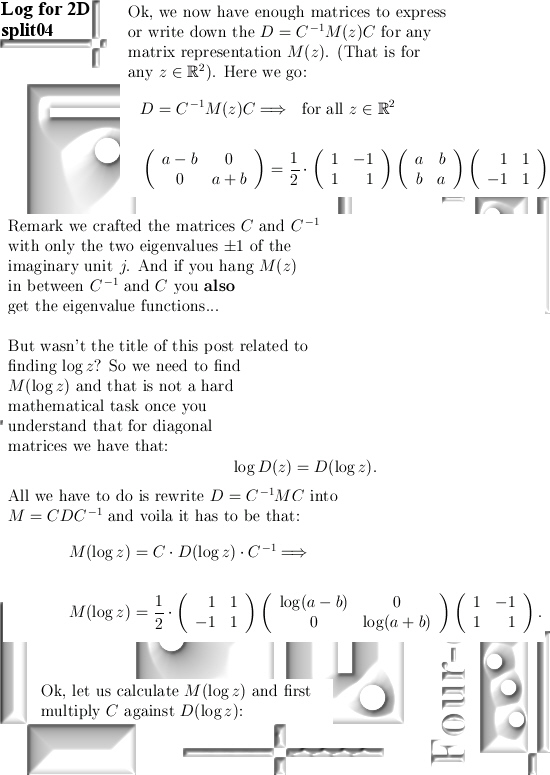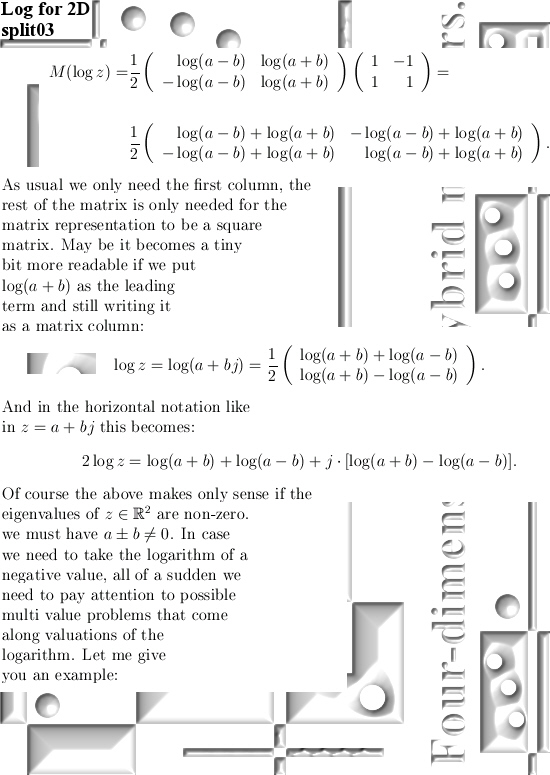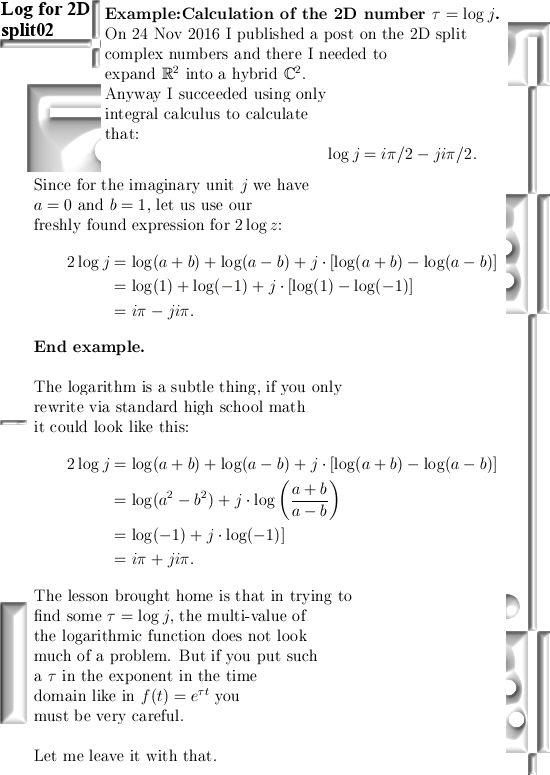Today I came across one of those video’s where people try to explain how permanent magnets work. And originally I thought of a title like ‘Idiot of the day observed’ but soon I changed my mind because Paul Sutter does not do it on purpose; what he says is more or less the general accepted version of permanent magnetism…
In general there are two lines of reasoning when it comes to permanent magnets: One line of reasoning is that the magnetic domains get aligned, the other way is that the electron spin of all unpaired electrons align.
Paul Sutter goes for the second line of reasoning; the spin of all unpaired electrons align giving rise to a permanent magnet. Just like everything else in the video it is just wrong; in my view where the electrons carry magnetic charge, it is the placement of the unpaired electrons in the inner shells of for example an iron atom that makes the global permanent magnet emerge.
If it was just electrons having all their dipole magnetic moments point in the same direction, in that case with a strong magnet you could always change or invert the magnetic direction of a weak magnet. In practice this just does not happen; last spring I even made a simple experiment with this: I took my stack of the most strong magnets I have and placed them over 24 hours against the two most weak magnets I have. And, like expected, there was no change at all in the weak magnets indicating there is some kind of threshold at work. The threshold is of course that it is hard to remove the magnetically charged electrons from the inner shells of the iron atoms…
Here are two pictures of the simple experiment from 08 March 2018; the permanent but very weak magnets on the left were exposed to the stack of neodymium magnets for just over 24 hours and just nothing changed in the behavior of the weak magnets. If electron magnetic moment alignment were a significant factor in permanent magnetism, the stronger permanent magnets should alter the magnetic properties of the weak magnets. It just does not happen…


A link to what I wrote one year back on this very simple experiment is:
08 March 2018: Reason 56: This experiment shows zero spin torque transfer. http://kinkytshirts.nl/rootdirectory/just_some_math/monopole_magnetic_stuff03.htm#08March2018
It is lovely to see so many of the wrong stuff bound together in just one short video: For example when Paul explains why electron pairs are magnetically neutral while the unpaired electrons are not. In my view if it is true that electrons are magnetic dipoles, they would be magnetically neutral. They are not and in my view this shows electrons are magnetic monopoles. How does Paul explain it? Very simple: The electron pair is magnetically neutral because one of the electrons has spin up while the other has spin down and that cancels each other out.
Here is the Youtube video of Paul Sutter, please don’t think that Paul is a dumb person or so. This is just the view of professional physics folks that have studied magnetism for centuries…
Link: https://www.youtube.com/watch?v=6uwjqy2HCgY
May be at last I am getting a little bit sarcastic: They have studied that for centuries… But if you let go that dumb and unproven Gauss law for magnetism, just try to think about our physical reality as electrons also carry magnetic charge beside their electric charge, a lot of things become better to understand. After all, why do we only observe electron pairs? Why never something else like an electron triplet?
Ok, let’s leave it with that. Till updates my dear reader.
